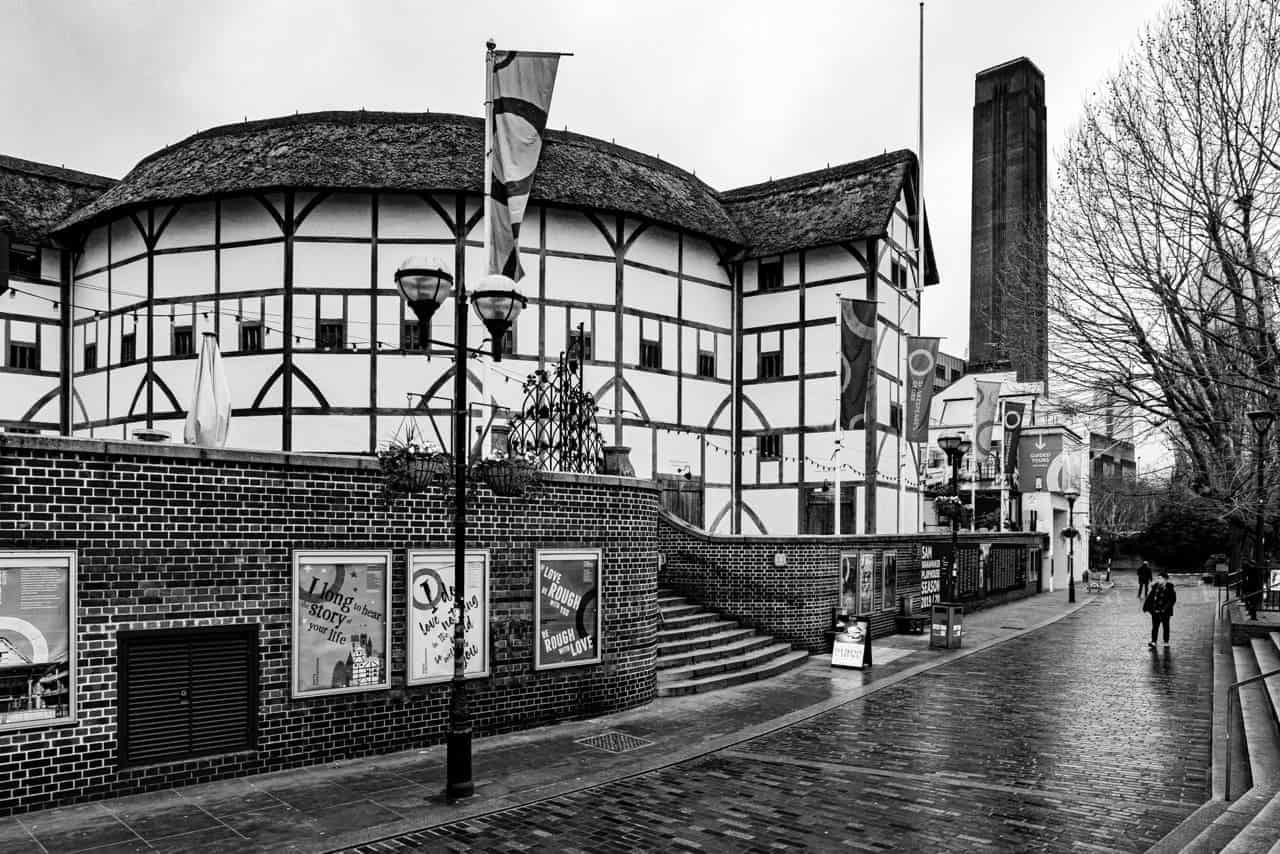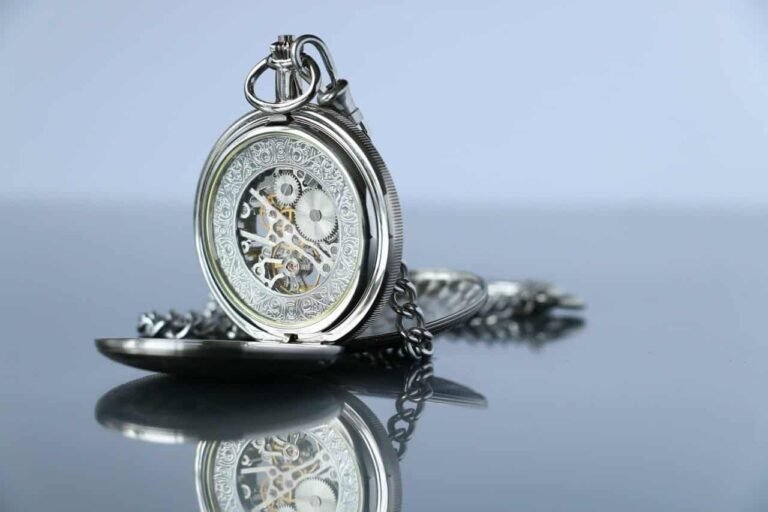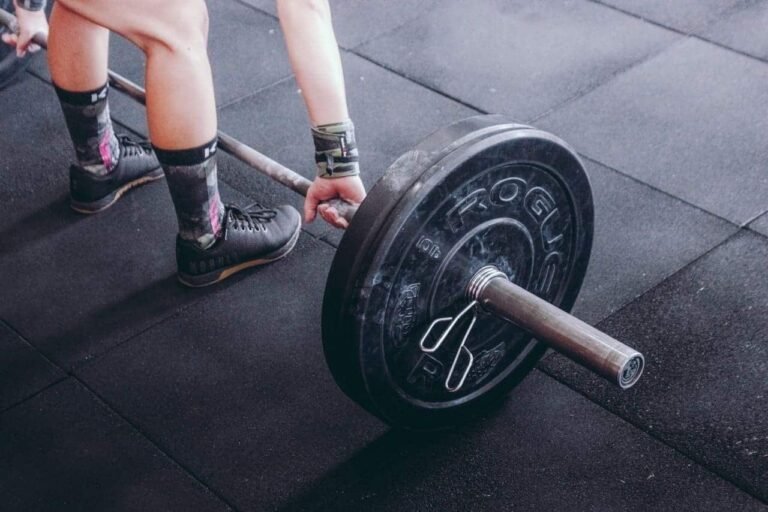What’s the connection between William Shakespeare and Victoria Beckham?
Visiting Shakespeare’s Globe to watch one of the great Bard’s plays is one of the most unique theatre experiences in the world, with its open-topped roof and the standing audience in the arena in the thick of the on stage drama!
Voice problems
In the late 19th century, a Tasmanian actor by the name of Frederick Matthias Alexander embarked on a career of reciting Shakespeare. However, a few years into his career, he developed trouble with his throat and vocal cords, which led to hoarseness and a total loss of voice during performances. Despite seeking medical treatment, the condition got worse and his doctor could not ascertain what was causing Alexander to lose his voice.
So, Alexander decided that he would try and find out for himself what was causing the problem. By using mirrors, he discovered that the way in which his head and neck were coordinated had an impact on muscle tension throughout his body and by consciously directing his head and neck in a certain way, he began to become free from his vocal troubles.
A technique for life
What has evolved since, is a method of teaching known as the Alexander technique (Technique), which is used by people in many walks of life including in acting, dance, sport and music. Victoria Beckham is reported to have studied the Technique to improve her posture and other reported users include John Cleese, Hugh Jackman, Jennifer Saunders and Dame Judi Dench. However, its application is relevant to everyone, in all walks of life, where poor posture and misuse of the body can suddenly creep up on us without us being aware of it, causing physical strain and even career ending injuries.
So how does it work? Well, by way of a series of simple exercises, the Technique makes you more aware of where you are holding unnecessary tension in your body. That awareness then allows you to learn to inhibit that bad habit of holding tension, which then allows you to direct the use of better, consciously thought out coordination of the body (primarily the way in which the head sits on top of the spine). Over time, this allows you to replace bad habits with better ones, which can then result in the release of unnecessary muscular tension.
Other applications in life
What is fascinating about the Technique is that the principles that surround it, of awareness, inhibition, direction and conscious control, are relevant not only to adopting a healthier posture, but to many aspects of life. Very often what we think we are doing is not what we are in fact doing! Take for example the amateur golfer who thinks he/she isn’t taking their eye off the ball, but slices the ball because in fact, they have done the very opposite. By developing more sensory awareness of what the body is actually doing, over time, that habit of slicing can be minimised.
The principles learnt by studying the Technique are also relevant to the way in which we make decisions in life and how we interact with others, as they allow us to stop and make more conscious decisions. As such, the Technique can be of great help to our learning and development and in building and maintaining better relationships with others, be they in a business context or otherwise. It is very easy to allow our subconscious habits to rule us, particularly in the busy modern world where concepts such as multi-tasking are commonplace and we can be expected to react instantaneously to things. However, the more we act on auto-pilot, the less we are able to switch off from it and the more we risk losing the ability to make conscious, reasoned decisions and to allow our ears to open and really listen to others.
Life long benefits
As with any form of education, the Technique has to be studied and practiced over time to put its principles into good use. However, for those who have an interest in improving themselves, obtaining better posture, having better relationships with others and developing new life skills, the Technique can offer life changing and life long benefits.
For more information about the Technique and studying it in the UK, you can visit http://www.stat.org.uk.








